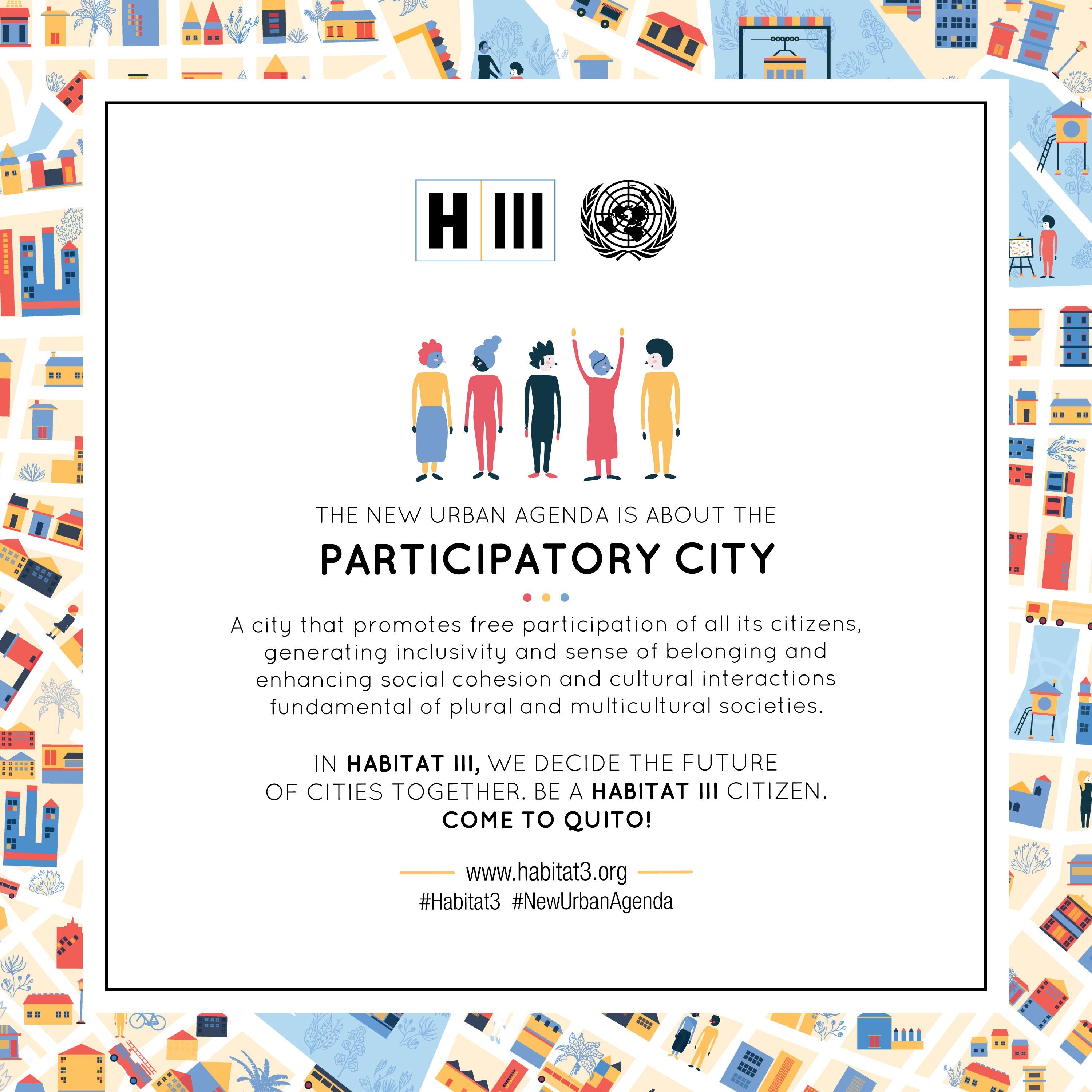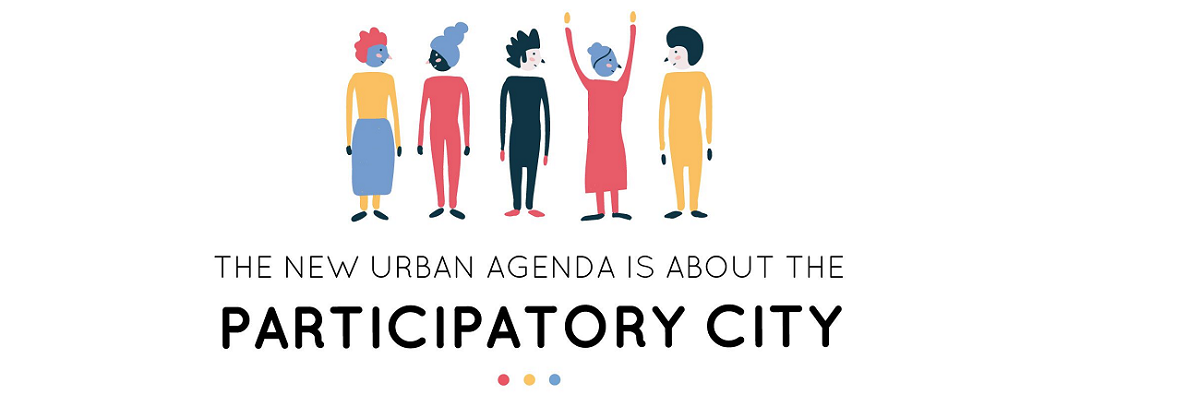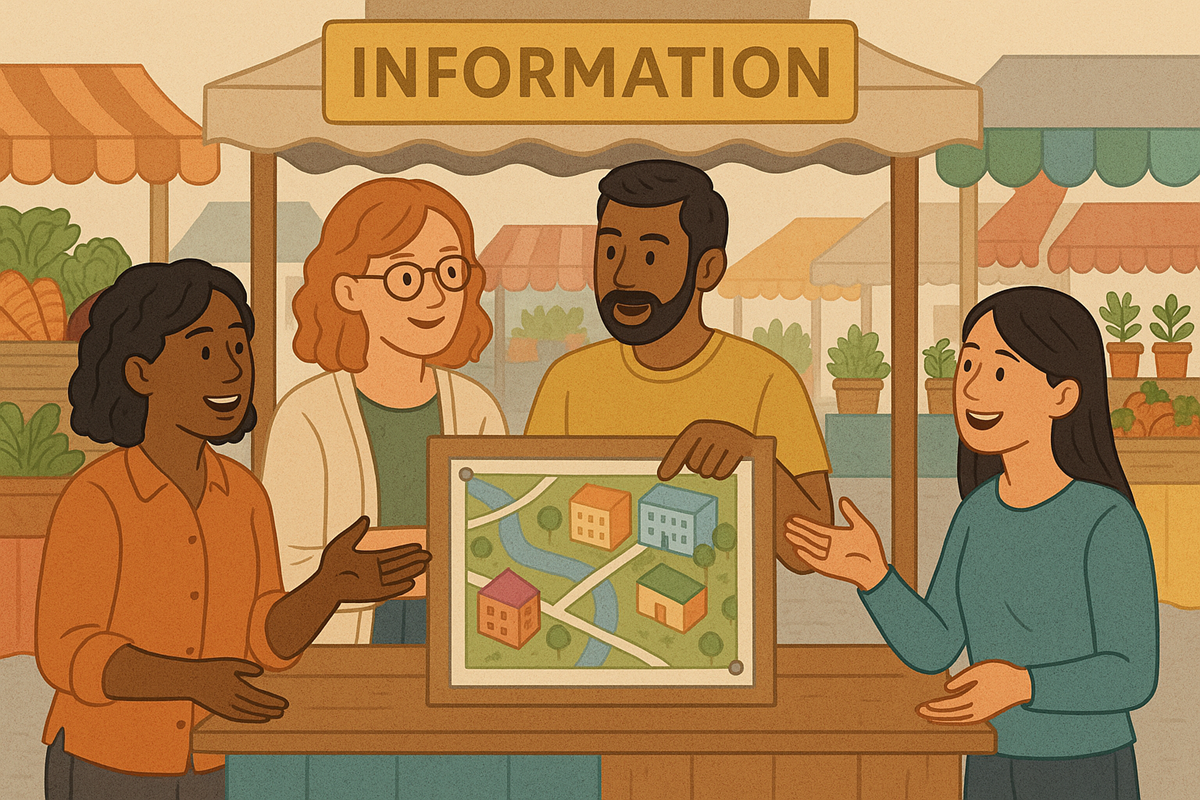Finding consensus or allowing dissent? Consensus is key in collaborative and participatory urban planning, which after all has the goal of building new structures or changing existing ones. Similarly, consensus is key in UN debates, making sure that all member states can sign agreements.
I asked myself and some colleagues how participatory the process leading up to Habitat III, developing the New Urban Agenda, has been. Here are my impressions:
- Compared to Habitat I and II, there has been an unprecedented amount of participation in the process leading up to the conference. Many inputs have been collected via different online and offline (regional and thematic meetings) platforms. They have visibly shaped the New Urban Agenda. It is important to first of all applaud this effort for increased participation.
In this video, the head of UN Habitat Dr. Joan Clos talks about this “unprecedented, ample kind of participation” (from minute 1″27):
- However, the goal of finding an Agenda that every member state can agree to has meant that many phrases had to be “watered down” in the end, moving from prescriptions to vague recommendations and making the inputs from the participatory processes less strong.
- The question is also who participated. In both the online and offline platforms, it was mainly an elitist part of society that took part in debates, considering that you need resources, time, a certain level of education, internet access, previous knowledge and other assets in order to take part. Therefore, the participation process might have been open to anybody in theory, but the lack of awareness and lack of accessibility prevented a great deal of people from really participating.

- The Global Assembly of Partners is another way to give inputs into the process, mainly attended by academia, think tanks, and big non-governmental organisations such as Shack / Slum Dwellers International (SDI). Again, this is a two-edged sword: While this opportunity for participation is certainly great, it is also a fact that the Partners can only represent a fracture of the world population. After all, how do you expect a few people from SDI to represent one in seven people on the planet?
- A last point of critique is the lack of participation on the national and local level. Many national unions, local initiatives, NGOs etc. didn’t participate in the HABITAT III process because they didn’t have a platform nationally. This is not only the governments’, but also civil society’s and the media’s fault. In many countries (including my own, Germany) there has not been much news about HABITAT III.
On the other hand, in some Latin American countries like Mexico, participation on the national and even local level was great. Habitat committees on various levels were founded during the last years. This makes their input so much more important, because you know that it wasn’t devised by a few bored politicians, but by engaged and active citizens who have many more citizens standing behind them.
In summary, the intention was very good and participation rates are certainly high in comparison to the past Habitat Conferences. However, a lack of awareness, accessibility, representation and participation on the local or national level prevail. In addition, the UN’s vital need for consensus has meant that many inputs from the participatory process are weakened.

Only 10 days to go! Do you have any particular questions for me to bring up in Quito?









